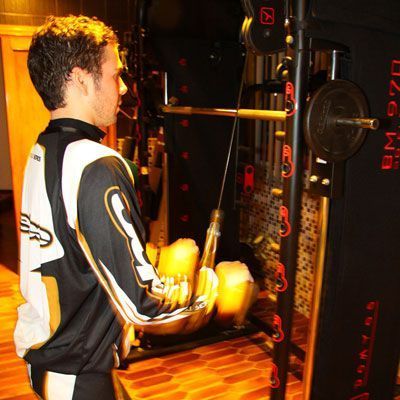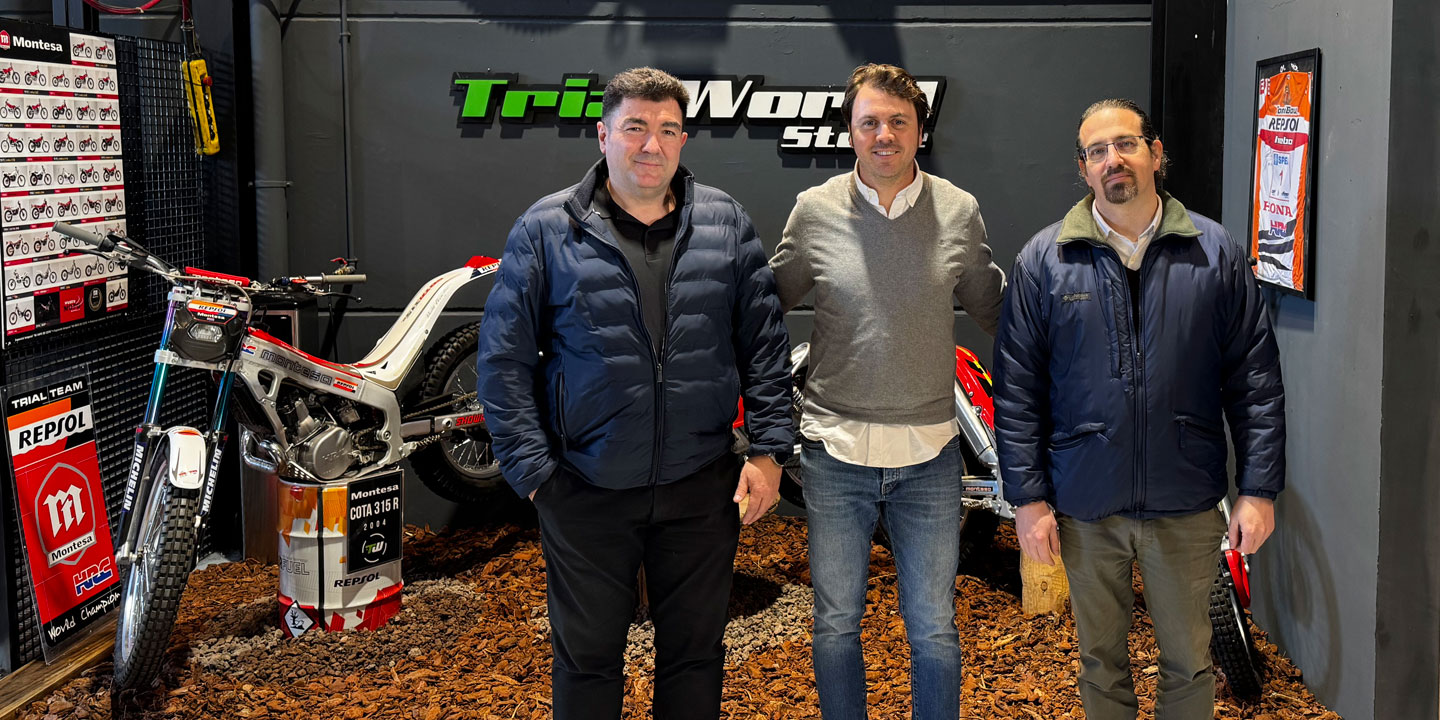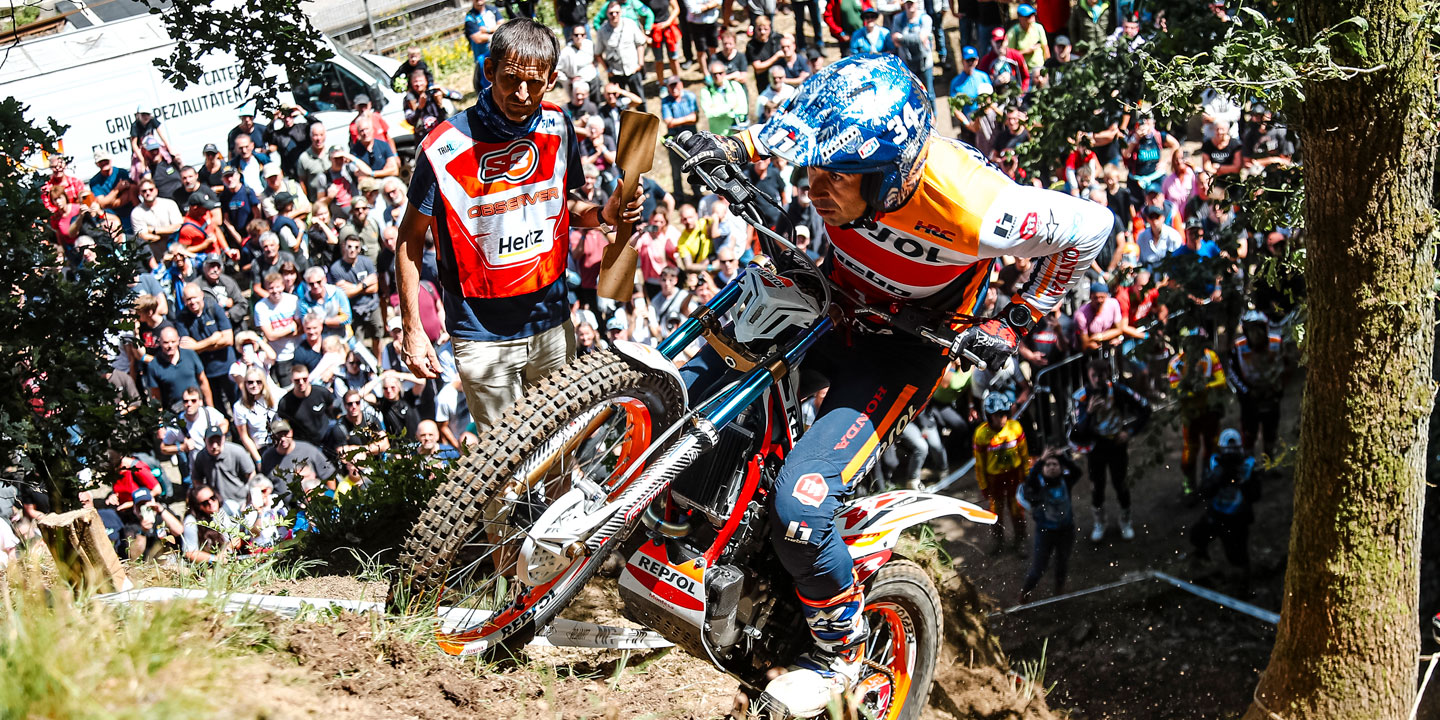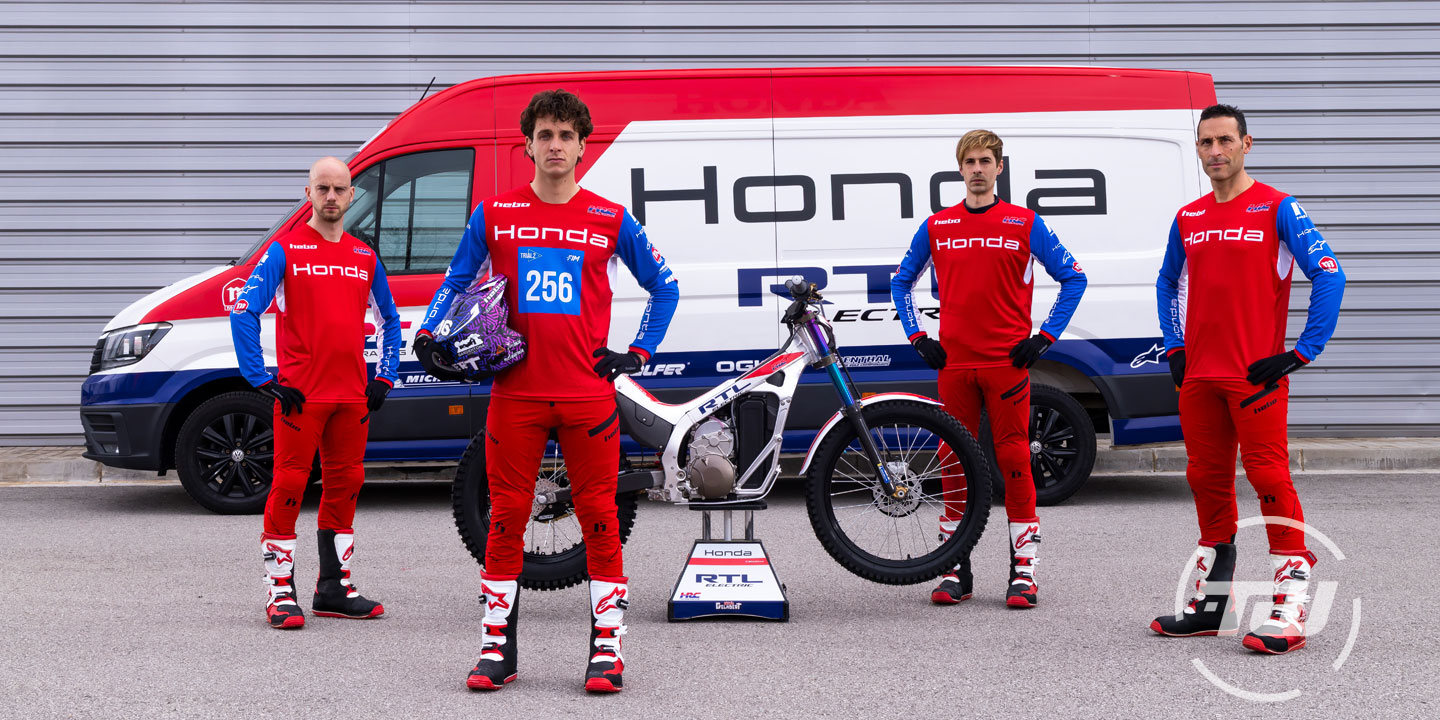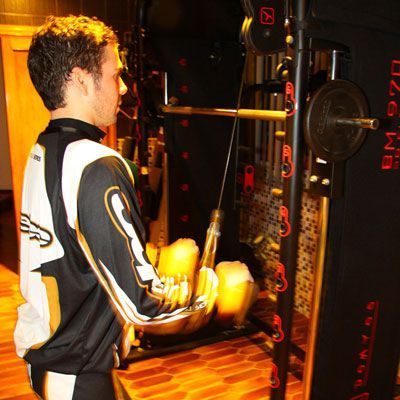
Text and photos: David Quer / Collaborators: Arenitas and Chema Quer
When we talk about strength, we are not referring to an excessive muscular hypertrophy, as this has a negative impact on the flexibility and elasticity of the rider, but rather a balanced variant that enhances all our qualities, without eclipsing each other. You well know that in almost all gyms there are specialists who can guide you in your preparation, but few know well the discipline you practice and its requirements. This means forgetting about going to the gym to run bodybuilder or lifter programs, but rather focusing on the movements that we propose here.
The Trial requires large doses of strength, since we are continuously working on a body that weighs more than 70 kilos in running order and depending on the level of each rider the physical demand can be very high. Within the off-road specialties that we know, the Trial leaves a lot of recovery time between zones, but it is essential to work on strength-endurance. The intention is to absorb the sensations we receive from the outside, maintaining the steering with the greatest possible balance and speed (especially in competition), forcing a very intensive work of flexion and fatigue in areas such as the forearms. The best way to counteract these effects is to train based on light loads and high repetitions. A good example to train this section outside of gyms is skiing, where in addition to working on strength, balance is also enhanced.
For training in gyms, it is best to focus on the optimization of strength-endurance in short cycles of time strategically planned for a punctual improvement, since depending on the time of season the objectives vary. Our advice is to work on mixed circuits in order to cover all the muscle groups well alternated, always with a number of repetitions greater than twenty and very little rest between each of the sets.
It is very important to keep in mind that we pursue a double purpose: to improve the physical quality as such and to compensate for the muscular imbalances that can be caused by the practice of a very specific sport. In Trial, luckily, they work to the nails, so it’s hard to find riders with such imbalances. However, if you can, try to work with wide movements and weights that allow you to work at both medium and fast speeds.
The last piece of advice for this chapter is that you don’t neglect the abdominal area, as they have such a vital function as supporting the body and compensating for lumbar work. A decompensation is sure to cause big problems in the medium and long term, so it is interesting to take advantage of the gym to achieve such a balance.
A few tips:
– Work with a high number of repetitions, greater than twenty, with a load ranging between 40% and 60% of your maximum capacity.
– Execute complete movements, with the maximum possible joint range and letting the muscle stretch completely.
– Allow enough rest between exercises for the body to regenerate.
– Stretch well after each workout.
{bonckowall source=”2″ pkey=”album” pvalue=”dqtrialworld” pvalue2=”StrengthPhysical Preparation” }{/bonckowall}
